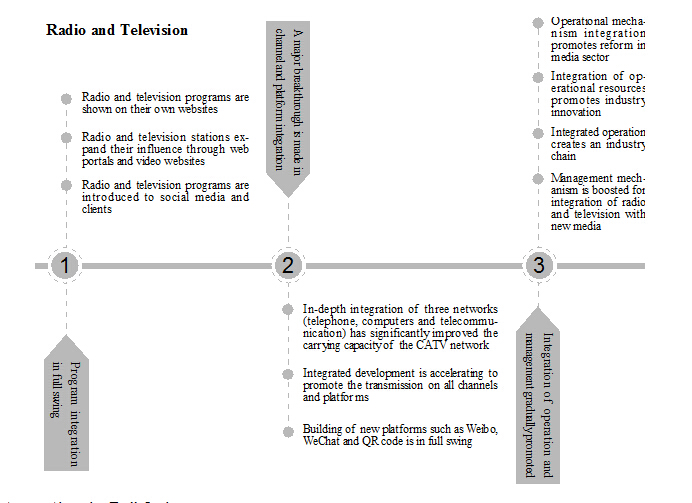Understanding Swing Loans: A Comprehensive Guide to Short-Term Financing Solutions
Guide or Summary:Swing LoanWhat is a Swing Loan?How Does a Swing Loan Work?Benefits of Swing LoansConsiderations When Using a Swing LoanSwing LoanA swing lo……
Guide or Summary:
- Swing Loan
- What is a Swing Loan?
- How Does a Swing Loan Work?
- Benefits of Swing Loans
- Considerations When Using a Swing Loan
Swing Loan
A swing loan, also known as a bridge loan, is a type of short-term financing that provides immediate cash flow to borrowers who need quick access to funds. This financial tool is particularly useful in real estate transactions, where timing can be critical. Swing loans are designed to "bridge" the gap between the purchase of a new property and the sale of an existing one, allowing homeowners and investors to secure their next investment without the delay of waiting for their current home to sell.
What is a Swing Loan?
A swing loan is typically a short-term loan that lasts from a few weeks to a few months. It allows borrowers to access funds quickly, often with less stringent credit requirements than traditional loans. This makes swing loans an attractive option for individuals who may not qualify for conventional financing or who need to act quickly in a competitive real estate market. The loan is secured by the equity in the borrower's existing property, which means that the lender can recover their investment if the borrower defaults.
How Does a Swing Loan Work?
The process of obtaining a swing loan generally involves a few key steps:
1. **Application**: The borrower applies for the swing loan, providing necessary documentation such as income statements, credit history, and details about the property being used as collateral.

2. **Approval**: The lender reviews the application and assesses the value of the collateral property. If approved, the borrower receives the funds, which can be used for various purposes, including purchasing a new home or making repairs.
3. **Repayment**: Swing loans typically require repayment within a short period, often when the existing property is sold. The borrower may also have the option to refinance the swing loan into a longer-term mortgage if needed.
Benefits of Swing Loans
There are several advantages to using a swing loan:
- **Quick Access to Funds**: Swing loans can be processed quickly, allowing borrowers to seize opportunities in the real estate market without delay.

- **Flexibility**: These loans can be used for various purposes, including home purchases, renovations, or debt consolidation.
- **Less Stringent Requirements**: Swing loans often have more lenient credit requirements, making them accessible to a broader range of borrowers.
Considerations When Using a Swing Loan
While swing loans offer many benefits, there are also important considerations to keep in mind:
- **Higher Interest Rates**: Because swing loans are short-term and carry more risk for lenders, they often come with higher interest rates compared to traditional loans.

- **Repayment Pressure**: Borrowers must be prepared to repay the loan quickly, which can create financial pressure if the sale of the existing property takes longer than expected.
- **Risk of Default**: If the borrower is unable to sell their property or secure long-term financing, they may face the risk of defaulting on the swing loan.
Swing loans can be a valuable financial tool for those needing quick access to funds, particularly in the real estate market. By understanding the mechanics of swing loans, their benefits, and potential drawbacks, borrowers can make informed decisions about whether this type of financing is right for their needs. Whether you're looking to purchase a new home or need funds for other immediate expenses, a swing loan may be the solution to bridge the gap in your financial journey.